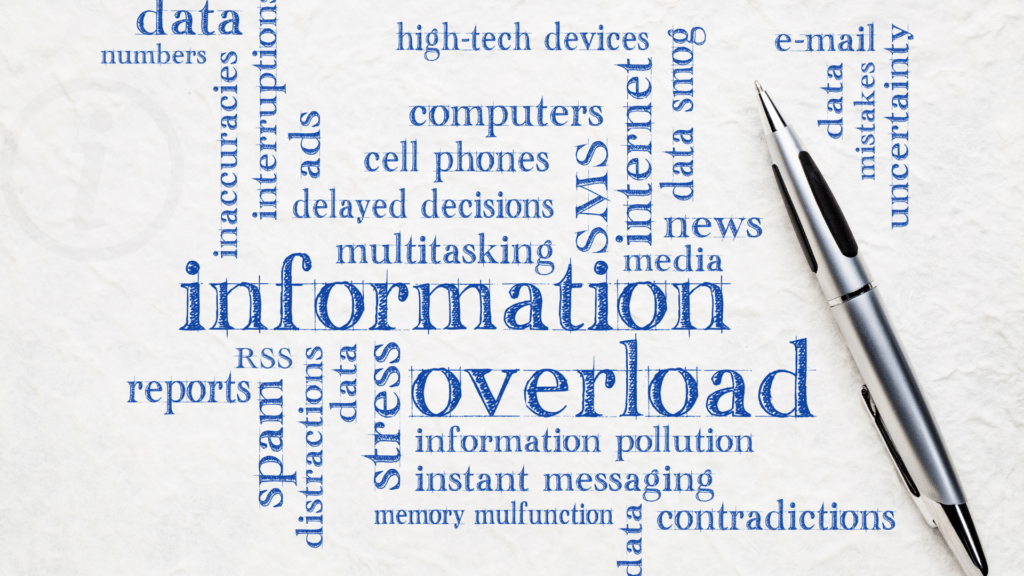What is Sensitive Compartmented Information (SCI)?
Sensitive Compartmented Information (SCI) refers to a highly classified category of information that is safeguarded because its exposure could seriously harm national security. This information typically comes from sources related to intelligence-gathering efforts, such as satellite data, wiretaps, or human intelligence. It is separated into distinct compartments based on the sensitivity of the data, and only individuals with the right security clearance and a specific need to access that information are allowed to view it.
In simpler terms, SCI represents some of the most sensitive national security secrets that need additional layers of protection. For example, details about covert military operations, sensitive diplomatic conversations, or classified satellite imagery would fall under SCI.
Key Features of Sensitive Compartmented Information
Classified Nature
SCI is always classified, typically under the “Top Secret” category, though other levels like “Secret” may apply. The key point is that the unauthorized disclosure of SCI could cause grave damage to national security.
Access Based on Need-to-Know
Even individuals who hold high-level security clearances may not have automatic access to SCI. Only those with a specific need to know, based on their role and responsibilities, are allowed access. This strict “need-to-know” rule is essential to limit exposure to the smallest possible circle of people.
For instance, someone working on intelligence analysis might need access to satellite data, but a field officer might only need access to information related to ongoing operations.
Compartmentalization
SCI is organized into different “compartments.” Each compartment contains specific, specialized information. This limits access to only those who require it for their specific tasks. For example, one compartment may contain information about signals intelligence (SIGINT), while another might focus on human intelligence (HUMINT). Compartmentalization ensures that even if a breach occurs in one area, other sensitive information remains protected.
Special Handling Protocols
Because of its sensitivity, SCI requires heightened security measures. This includes its storage, transmission, and disposal. SCI cannot simply be left lying around; it must be kept in secure locations like Sensitive Compartmented Information Facilities (SCIFs), which are highly controlled environments with advanced security features to prevent unauthorized access.

How Does Sensitive Compartmented Information Differ From Other Classified Information?
While SCI is a form of classified information, it stands out because of its additional levels of protection. Let’s break this down:
Levels of Classification
- Confidential: The lowest classification level. Unauthorized disclosure could cause minimal damage to national security.
- Secret: More sensitive than Confidential, disclosure could cause serious damage.
- Top Secret: The highest standard classification. Disclosure could result in exceptionally grave damage.
- SCI: While usually associated with Top Secret, SCI goes a step further by adding extra security controls and compartmentalization.
Access Control
Access to SCI involves even more layers of control compared to standard classified information. Here’s why:
- Standard classified info is protected, but access is more general to those cleared for the relevant classification.
- SCI, on the other hand, requires a highly specific clearance for each compartment and is not based merely on general security clearance. It also depends on the individual’s role and the specific information they need for their tasks.
Examples of Sensitive Compartmented Information
Here are a few examples to better understand what SCI encompasses:
Satellite Imagery:
Imagine a highly detailed image of a foreign military base captured by a government satellite. This image is classified as SCI to prevent hostile nations from using it for their own benefit.
Human Intelligence (HUMINT):
Covert agents or informants often provide critical insights into a foreign government’s activities. These pieces of intelligence are compartmented and protected because they involve human sources, who could be at risk if their identities were exposed.
Cybersecurity Operations:
Information about planned or ongoing cyber-attacks or cyber-defense strategies must be kept under wraps. Any leak could give adversaries a heads-up and allow them to adjust their tactics, potentially leading to catastrophic outcomes.
Signals Intelligence (SIGINT):
This includes intercepted communications like phone calls, emails, and radio signals. These could contain vital information about adversary actions or plans and are kept within tight security circles.

Who Can Access Sensitive Compartmented Information?
Only a select group of individuals have the authority to access SCI, and the process is strict. Here’s how it works:
1. Security Clearance
First and foremost, an individual must have a security clearance, usually at the Top Secret level, to access any classified information. Security clearance involves thorough background checks, including investigations into the person’s loyalty, financial history, and connections.
2. SCI Eligibility
Even with Top Secret clearance, a person needs SCI eligibility, which is granted through additional vetting and an assessment of the person’s role in national security efforts.
3. Need-to-Know Basis
It’s not just about having clearance; you also need a legitimate reason to access the specific SCI. This is determined based on what your job requires. For example, a person working in military intelligence may need access to SCI related to enemy movements but not to intelligence about cybersecurity operations.
4. Training Requirements
To ensure SCI is handled properly, individuals with access to it must undergo specialized training on how to store, transmit, and discuss SCI safely. This helps reduce the risk of accidental disclosures and breaches.
How is Sensitive Compartmented Information Protected?
The protection of SCI is taken very seriously. Let’s take a closer look at the various ways SCI is secured:
1. Sensitive Compartmented Information Facilities (SCIFs)
These are secure rooms or buildings that meet strict security standards for storing, discussing, and processing SCI. SCIFs are often soundproofed, have secure entry and exit points, and are monitored 24/7 to prevent unauthorized access.
2. Controlled Access Programs (CAPs)
A CAP governs who is authorized to access SCI and how. It ensures that only those with the appropriate clearance and need-to-know can enter SCIFs or handle SCI documents.
3. Markings and Labels
Every SCI document or piece of data is clearly marked to indicate its classification level and compartment. This helps personnel handle it appropriately and reminds them of the potential consequences of unauthorized disclosure.
4. Digital Security
SCI isn’t just protected physically; digital data is also secured through encryption, firewalls, and strict access controls. Logs are maintained to monitor who accesses SCI data and when, ensuring that any breach can be traced back quickly.

Consequences of Mishandling Sensitive Compartmented Information
The risks associated with mishandling SCI are severe. Here’s what could happen if someone fails to handle SCI appropriately:
- Legal Penalties: Violating SCI protocols can lead to heavy fines, imprisonment, or both. The penalties are designed to prevent unauthorized disclosures of national security secrets.
- Career Impact: Mishandling SCI often results in the loss of security clearance, which can end an individual’s career in government or defense-related sectors.
- National Security Threats: A breach in SCI could jeopardize ongoing operations, expose covert agents, or provide adversaries with critical intelligence that could be used against national interests.
Conclusion
Sensitive Compartmented Information (SCI) is a key component of national security and intelligence efforts. It represents the most sensitive classified information that requires a higher level of protection than standard classified data. Its strict protocols ensure that only those with the proper clearance and need-to-know are granted access, minimizing the risk of leaks or breaches.
SCI plays a vital role in ensuring that the government, military, and intelligence agencies can safely operate without the threat of espionage, terrorism, or other national security risks. By understanding the nature of SCI, how it’s accessed, and the consequences of mishandling it, we can better appreciate the importance of these protective measures.
FAQs
1. What is the definition of Sensitive Compartmented Information (SCI)?
Sensitive Compartmented Information refers to highly classified data that is restricted to certain individuals based on their security clearance and need-to-know basis.
2. What are the levels of classified information?
The classification levels are Confidential, Secret, Top Secret, and SCI, with SCI being the most tightly controlled and specialized.
3. What is a SCIF?
A SCIF (Sensitive Compartmented Information Facility) is a secure room designed to protect SCI, preventing unauthorized access or eavesdropping.
4. Who needs access to SCI?
Only individuals with appropriate clearance, SCI eligibility, and a need-to-know basis can access SCI.
5. What happens if SCI is mishandled?
Mishandling SCI can result in severe legal consequences, the loss of security clearance, job termination, and significant harm to national security.
6. How does SCI differ from Top Secret information?
SCI is a specific category of Top Secret information that requires even stricter access controls
